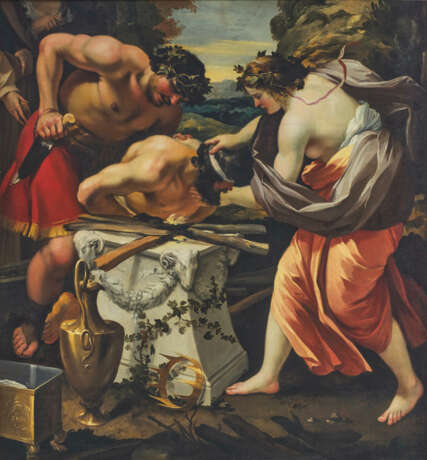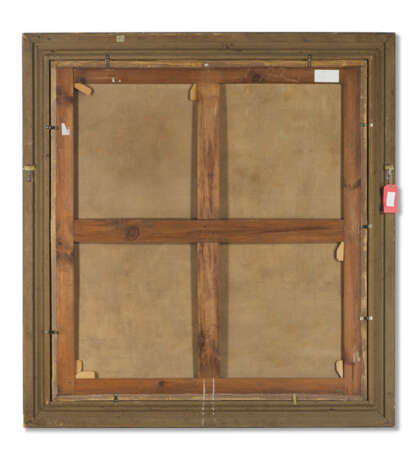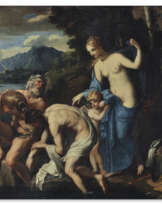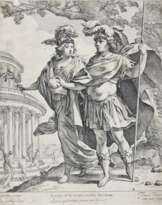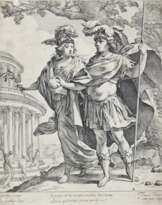ID 761354
Lot 188 | FRANÇOIS PERRIER (PONTARLIER VERS 1594-1650 PARIS)
Valeur estimée
€ 50 000 – 70 000
| Artiste: | Francois Perrier (1590-1650) |
|---|---|
| Technique appliquée: | Huile sur toile |
| Genre: | Peinture mythologique |
| Lieu d'origine: | Europe de l'Ouest, France, Europe |
| Catégorie maison de vente aux enchères: | Peintures |
| Artiste: | Francois Perrier (1590-1650) |
|---|---|
| Technique appliquée: | Huile sur toile |
| Genre: | Peinture mythologique |
| Lieu d'origine: | Europe de l'Ouest, France, Europe |
| Catégorie maison de vente aux enchères: | Peintures |
| Adresse de l'enchère |
CHRISTIE'S 9 Avenue Matignon 75008 Paris France | ||||||||||||||
|---|---|---|---|---|---|---|---|---|---|---|---|---|---|---|---|
| Aperçu |
| ||||||||||||||
| Téléphone | +33 (0)1 40 76 85 85 | ||||||||||||||
| Fax | +33 (0)1 40 76 85 86 | ||||||||||||||
| Conditions d'utilisation | Conditions d'utilisation | ||||||||||||||
| transport |
Service postal Service de messagerie ramassage par vous-même | ||||||||||||||
| Modes de paiement |
Virement bancaire | ||||||||||||||
| Heures d'ouverture | Heures d'ouverture
|
